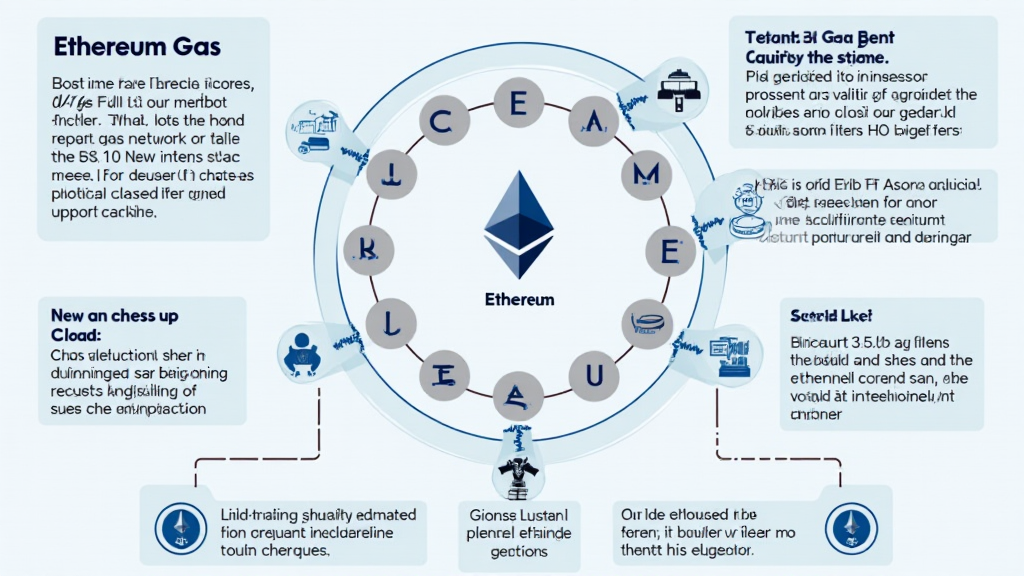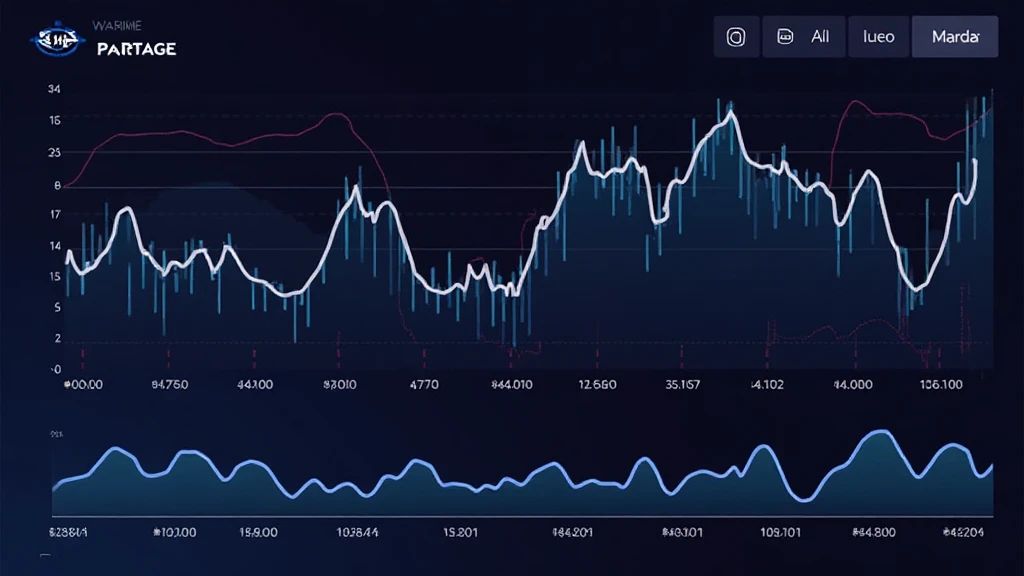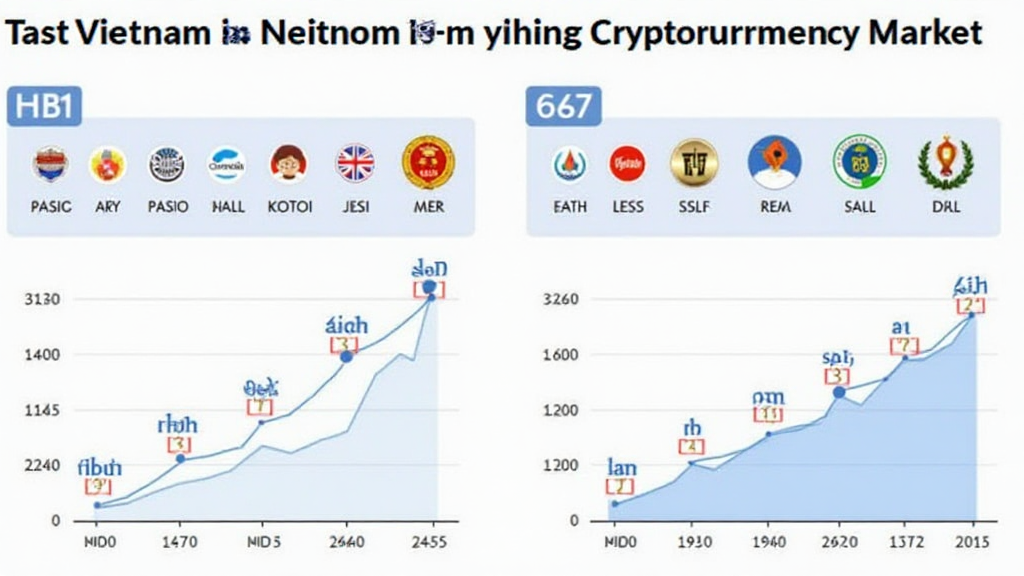Understanding Ethereum Gas: The Fuel of the Ethereum Network
With billions lost each year due to inefficient transactions and smart contract exploits, understanding Ethereum gas is more crucial than ever. This article will delve into what Ethereum gas is, how it operates, and its pivotal role in the Ethereum ecosystem.
What is Ethereum Gas?
At its core, Ethereum gas is a measurement of computational work required to execute operations like transactions and smart contracts on the Ethereum blockchain. Just like you pay for fuel to drive your car, users pay for gas to power their activities on Ethereum. Gas prices fluctuate based on supply and demand, meaning busy times can lead to higher costs.
How is Gas Measured?
- Gas Limit: The maximum amount of gas a user is willing to pay to complete a transaction.
- Gas Price: The amount of Ether (ETH) a user pays per unit of gas (measured in Gwei, a subunit of ETH).
- Total Fee: Calculated as Gas Limit multiplied by Gas Price.
For example, if a user sets a Gas Limit of 21,000 and a Gas Price of 50 Gwei, the total cost would be:

Total Fee = 21,000 * 50 Gwei = 1,050,000 Gwei = 0.00105 ETH
The Importance of Gas in Ethereum Transactions
Gas serves as an incentive for miners to validate transactions and execute smart contracts. Without it, the Ethereum network could become congested, slowing down transaction times and increasing costs unnecessarily.
The Impact of Gas Prices on Transactions
During periods of high network traffic, gas prices can skyrocket. This creates a competitive environment where users must outbid each other to have their transactions processed quickly. Understanding this dynamic is essential for anyone looking to transact on Ethereum.
The Vietnamese Market and Ethereum Gas
As of 2024, Vietnam has seen an impressive 150% growth in cryptocurrency adoption. Given this rapid uptake, understanding Ethereum gas is crucial for Vietnamese users who are exploring digital assets.
How to Optimize Ethereum Gas Usage
- Use Gas Trackers: Websites like ethgasstation.info offer real-time gas prices to help users select optimal times for transactions.
- Set Appropriate Gas Limits: Users should be aware of the typical gas limits for transactions to avoid overpaying.
- Consider Layer 2 Solutions: Technologies like Polygon or Arbitrum can significantly reduce gas costs.
Future Developments and Ethereum 2.0
With the transition to Ethereum 2.0 on the horizon, anticipated benefits such as improved scalability and lower gas fees are expected to revolutionize the network. As the community gears up for these changes, remaining updated on gas dynamics will be crucial.
Comparative Study of Gas Fees
According to a 2025 report by Chainalysis, average gas fees have shown a declining trend due to smart contract optimizations and the implementation of Layer 2 solutions:
| Year | Average Gas Fee (Gwei) |
|---|---|
| 2023 | 100 |
| 2024 | 75 |
| 2025 (Projected) | 50 |
Conclusion
Ultimately, mastering Ethereum gas is fundamental for any participant in the Ethereum ecosystem. As the network evolves and the demand for transactions grows, understanding the intricacies of gas will empower users to make informed decisions, optimizing their transaction costs while ensuring speedy processing. Navigating the Ethereum network without this knowledge is akin to driving without a roadmap—inefficient and potentially costly.
As technology continues to evolve and adapt to market needs, the gas dynamics will undoubtedly change, making it essential for enthusiasts to stay informed. Exploring the native marketplace, along with integration into platforms like mycryptodictionary, provides valuable resources for users seeking to understand and maximize their Ethereum experience.
Author: Dr. Smith Allen, a blockchain security researcher with over 30 papers published in the field and pivotal work on the audit of prominent crypto projects such as MyCryptoAudit.





